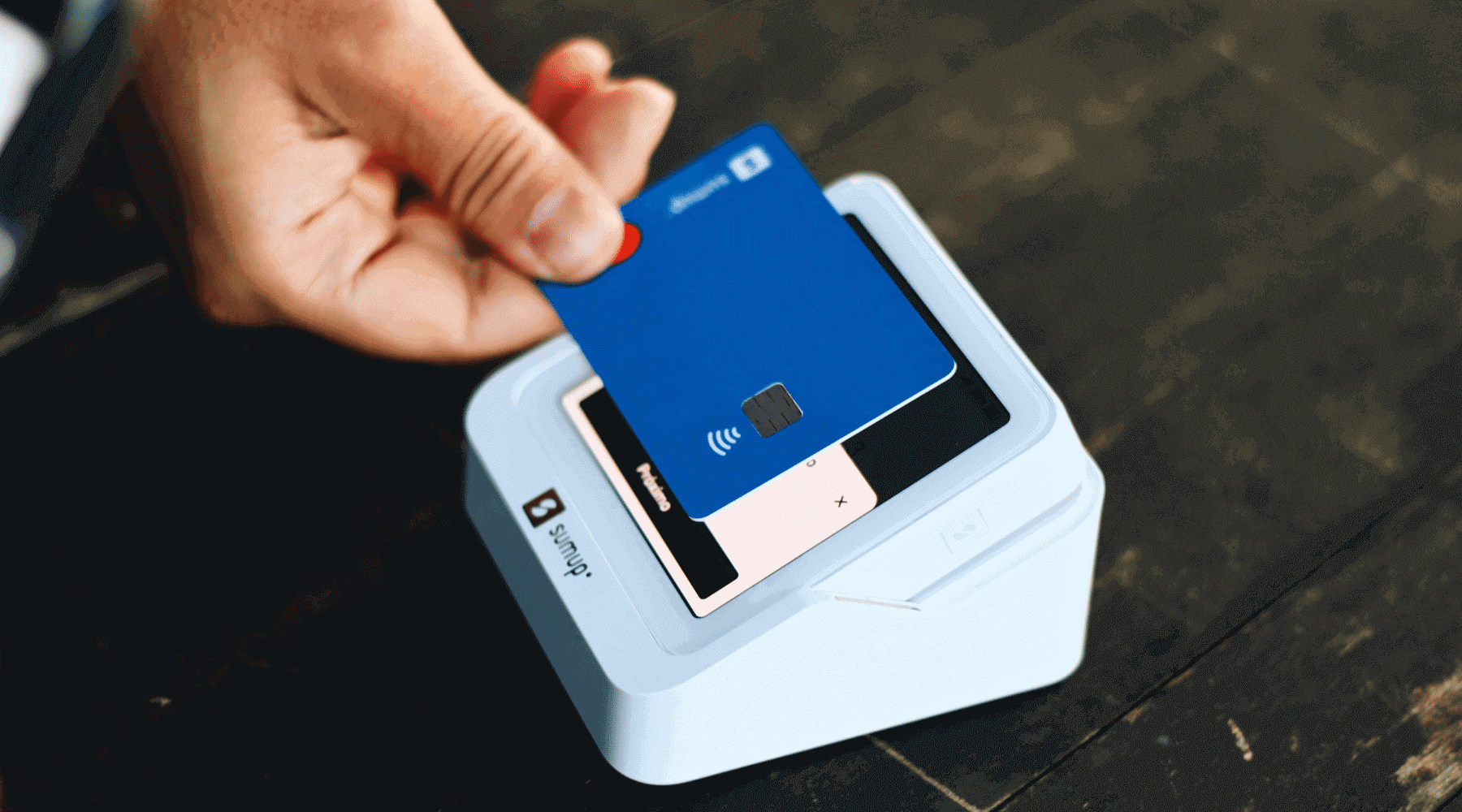
Blog
Uses and Applications of RFID
Radio Frequency Identification (RFID) is part of daily life, even when most people never notice it. From opening a hotel door to moving products through a supply chain, the technology quietly keeps people, places, and goods moving securely and efficiently.
This guide explores where RFID is used today, how it supports both small and large organisations, and how hybrid NFC integrations are helping create smarter, more connected systems across the world.
Enterprise solutions
RFID has become a core component of modern enterprise systems. Businesses use it to manage identity, improve security, and streamline how people and assets move. Many enterprise users now combine RFID with Near Field Communication (NFC) to build hybrid systems that serve both large-scale infrastructure and individual user experiences. For example, an organisation might manage hundreds of secure access points using RFID, while providing visitors with NFC cards or devices that enable personalised services.
High-quality enterprise cards can be specified with a range of secure chipsets, designed around project compatibility, integration needs, and sustainability goals. You can explore these options across our RFID cards and NFC cards pages.
Access control
RFID is widely used to manage secure entry for staff, guests, and visitors. These cards work quickly and reliably, removing the need for manual checks or physical keys. Once encoded, each card holds unique data that authorises entry to specific doors or areas, helping organisations control who goes where, and when.
Many hotels, offices, and large venues use this technology to make access simple while maintaining security. Material options now allow businesses to choose recycled plastic or fully recyclable Pulper Zero paper-based alternatives, supporting sustainability initiatives. To learn more about access card formats, see our vehicle access card page.
Transport and mobility
Contactless transport cards are one of the most familiar uses of RFID. These cards make boarding faster and help operators manage passenger flow, journeys, and payment. Dual-frequency cards can also support both long-range and close-range reading, helping systems operate reliably across gates, platforms, and transport networks.
RFID is also used to support electric vehicle infrastructure. EV charge cards authenticate drivers and vehicles at charging stations, enabling a consistent experience across sites and networks. You can learn more on our EV charge card page.
Healthcare
Hospitals rely on RFID to improve safety, traceability, and patient flow. Cards and tags can hold medical ID information, link to patient records, and provide controlled access to secure areas.
RFID is also used on equipment, medication, and consumables to track usage and reduce waste. This helps facilities maintain accurate records and meet strict regulatory requirements. Many organisations choose secure HF chipsets for these environments to support controlled data access and dependable system integration.
Events and live experiences
RFID has transformed the visitor experience at festivals, conferences, and sporting events. Wristbands, cards, and credentials allow faster entry, support cashless payment, and enable secure access to VIP areas.
These wearables can be fully customised with branding or artwork, helping organisers create a memorable experience. Materials such as recycled PET, bamboo, paper, and Pulper Zero can be used to improve sustainability while maintaining reliable performance. Learn more about our RFID wristbands.
Membership and loyalty
Many organisations use RFID to run membership programmes and loyalty services. These cards allow quick check-in, improved data capture, and more personalised experiences.
Clubs, retailers, and hospitality brands use printed membership cards and hybrid RFID designs to reward customers and manage access to exclusive areas. See more here on our membership card page.
Material innovation and sustainability
RFID has traditionally been built using plastic substrates and metal layers. As organisations work towards sustainability targets, alternative materials are becoming increasingly important. Paper-based inlays are now helping reduce waste and encourage recycling.
Pulper Zero® is a recyclable paper inlay that removes plastic and metal, delivering strong performance with a much lighter environmental footprint. It can be used across cards, tags, labels, sheets and rolls. Learn more about Pulper Zero®.
Final thoughts
From secure access and transport to healthcare and international events, RFID is key to how the world moves. As businesses seek better performance and lower environmental impact, hybrid RFID and NFC integrations are helping create systems that scale across global networks while supporting richer user experiences.
Whether you need EV charge cards, vehicle access, membership solutions, or sustainable alternatives, our team can help specify the right format, chipset, and material for your application. Explore our RFID solutions or contact us to discuss your next project.